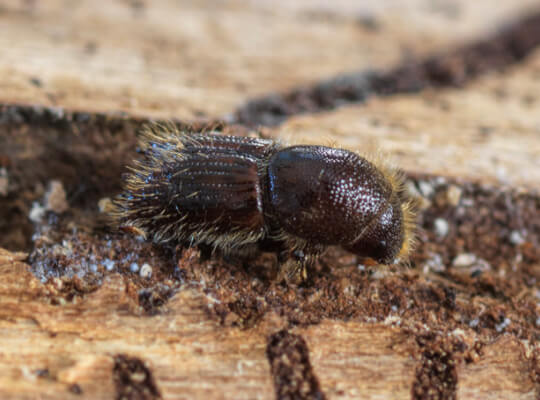
Climate Change Hub
-
About
 Download the UKFS Adaptation Practice Guide
Download the UKFS Adaptation Practice GuideDownload the UKFS Adaptation Practice Guide
Printed copies are available to purchase from Forest Research.
"*" indicates required fields
-
Adaptation Measures
 Download the UKFS Adaptation Practice Guide
Download the UKFS Adaptation Practice GuideDownload the UKFS Adaptation Practice Guide
Printed copies are available to purchase from Forest Research.
"*" indicates required fields
-
Take Action
 Download the UKFS Adaptation Practice Guide
Download the UKFS Adaptation Practice GuideDownload the UKFS Adaptation Practice Guide
Printed copies are available to purchase from Forest Research.
"*" indicates required fields
-
Advice
 Download the UKFS Adaptation Practice Guide
Download the UKFS Adaptation Practice GuideDownload the UKFS Adaptation Practice Guide
Printed copies are available to purchase from Forest Research.
"*" indicates required fields
-
Resources
 Download the UKFS Adaptation Practice Guide
Download the UKFS Adaptation Practice GuideDownload the UKFS Adaptation Practice Guide
Printed copies are available to purchase from Forest Research.
"*" indicates required fields








